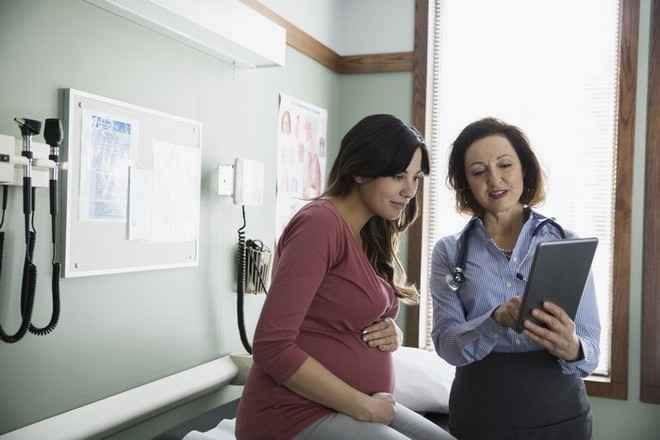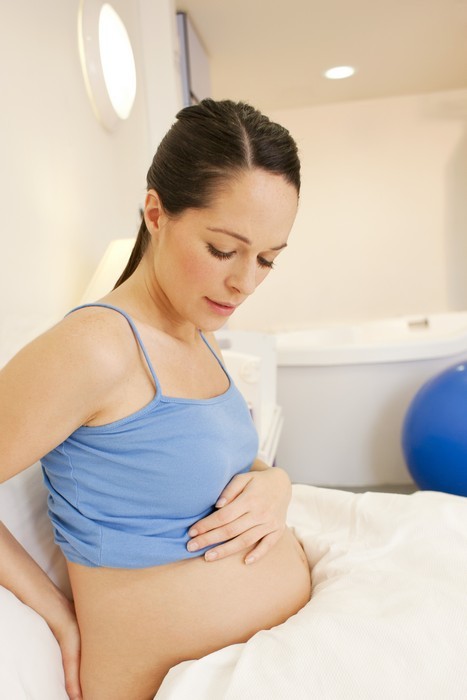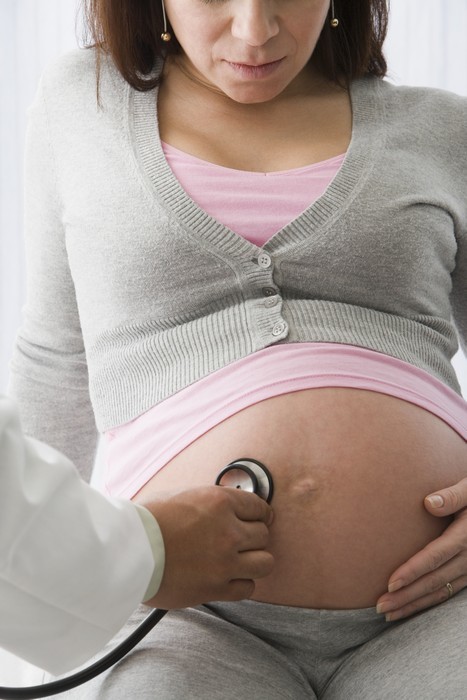To make a choice between the natural resolution of births and stimulation, it is important to know what these processes are different for. Let's try to understand. Photo: Getty
Photo: Getty
Hormone oxytocin
There are a lot of nerve endings in the uterus, whichprevent premature birth, and by the end of the ninth month of pregnancy their number increases significantly. If the birth occurs naturally, the hormone oxytocin is released in the body, which makes these receptors work so that they contract the muscles and open the cervix. Oxytocin is not released constantly, but in waves, so the uterus does not contract continuously, otherwise the contractions would become incredibly strong from the very beginning. The level of oxytocin also increases gradually, so the first contractions can occur every 20-30 minutes and last about 30 seconds. Gradually, the rate of contractions increases, they occur every 2-5 minutes and last 60-120 seconds. Such development of natural labor usually occurs within 10 hours or so, so the body has the opportunity to rest between contractions and gradually adjust to the intensity of uterine contractions. If there is a need to stimulate contractions, this most likely means that your body and baby are not ready for labor. Perhaps there are not enough receptors in the uterus, so synthetic oxytocin is needed, which will help contractions begin and will maintain them for a certain time. In this case, the labor hormone will be supplied through a drip in a continuous mode. The level of oxytocin is artificially increased until the rate of contractions increases to 3-4 in 10 minutes. Each contraction should last up to 40-60 seconds, and the break between contractions should be at least a minute. Photo: Getty
Photo: Getty
Pain
The main difference between natural andartificial onset of labor is the intensity of contractions. During natural childbirth, when the cervix opens under the influence of oxytocin in the blood, pain receptors send signals to the brain, and it responds by releasing endorphins. This substance is an incredibly powerful anesthetic that helps to dull the pain. The level of oxytocin increases, and accordingly, more endorphins are released. And in the case when labor is induced, the brain does not know that it needs to release endorphins, so you will have to experience much more severe pain, and from the very first contractions. In other words, the body will not be able to adapt to the new conditions. The brain will not be able to "participate" in labor. Therefore, women who give birth with stimulation often cannot stand it and ask for a painkiller, for example, an epidural.
Motion
When natural contractions begin, a womanis looking for a comfortable position. She may want to move, walk, squat to find the most comfortable option and reduce pain. At this time, with the help of loved ones, you can take a warm shower. It is good if your spouse is nearby, who can massage the lumbar region of the back. If you massage this area, then the pain during contractions will be felt less. During labor stimulation, the doctor constantly monitors the woman in labor. In addition, in this case, the woman is on an IV, which limits her ability to move. Of course, there will no longer be an opportunity to take a shower or use a bath to relieve the pain of contractions. If epidural anesthesia was used, then you will have to either lie on your side or sit on the bed. This increases the risk of damage to the fetus and the chances of a cesarean section. Photo: Getty
Photo: Getty
Reflex ejection of the fetus
In a natural birth you are dealing with"fetal ejection reflex." It is easily recognized by the irresistible urge to push. When the cervix is already fully dilated, the so-called peak of oxytocin release occurs, which provokes the most powerful contractions pushing the baby out. At the same time, adrenaline is released, which gives the energy and strength necessary for the birth of the child. During induced labor, there is no such peak of oxytocin release. The supply of synthetic oxytocin cannot be increased. If a woman has been artificially administered oxytocin or has had an epidural, she will not experience the fetal ejection reflex. Therefore, women who give birth with the help of artificial stimulation of contractions often require medical assistance at this stage of labor.
Child Protection
During natural childbirth, oxytocin is released from your bodypenetrates the placenta. This hormone protects your baby's brain from damage that can occur due to oxygen starvation. During labor stimulation, synthetic oxytocin prevents the body from producing its own hormone. In this case, the baby is much more likely to be exposed to hypoxia (oxygen starvation). The baby will most likely react to this situation with an insufficiently active heart rate. If this continues for a long time, the doctor will recommend a cesarean section to avoid possible damage to your baby's brain. Photo: Getty
Photo: Getty
The third stage of childbirth
After a natural birth, as soon as the babyborn, your body still has a very high concentration of oxytocin. This love hormone is responsible for that elusive bond that already exists between a new mother and her baby. This bond is very important for both the survival of the baby and the woman's body. A few minutes after the baby is born, the uterus begins to contract again, trying to get rid of the placenta. Postpartum bleeding becomes minimal. In most cases, this happens without the intervention of specialists and is called physiological, or the third stage of labor. Sometimes women are given an injection of oxytocin after the baby is born to speed up the third stage and reduce the risk of excessive bleeding after childbirth. However, women who have experienced natural contractions and labor rarely need such injections, since their own bodies produce oxytocin in large quantities. Inducing labor means that women do not experience the last surge of oxytocin. An empty uterus is not able to contract effectively, which increases the risk of postpartum hemorrhage. Then injections are simply necessary to avoid possible complications after childbirth. Unfortunately, the number of women giving birth naturally without stimulation is constantly decreasing. Even those expectant mothers who, for medical reasons, could give birth naturally, choose to induce labor. Of course, you want to make this difficult stage of life as easy as possible, but you should still think about the future when making your choice. The synthetic hormone is not harmless. It affects the natural production of other hormones, stress, mood, and behavior of the mother. And this, in turn, can cause postpartum depression. So if there were no complications during pregnancy and the doctor does not recommend a cesarean section, think carefully before agreeing to induce labor. How did you give birth?
- Natural childbirth
- Stimulated contractions
- Cesarean section
Voted: 501Ahave you given birth?
- Natural childbirth39,7%
- Stimulated contractions48,7%
- Cesarean section 11,6%
Voted: 501









